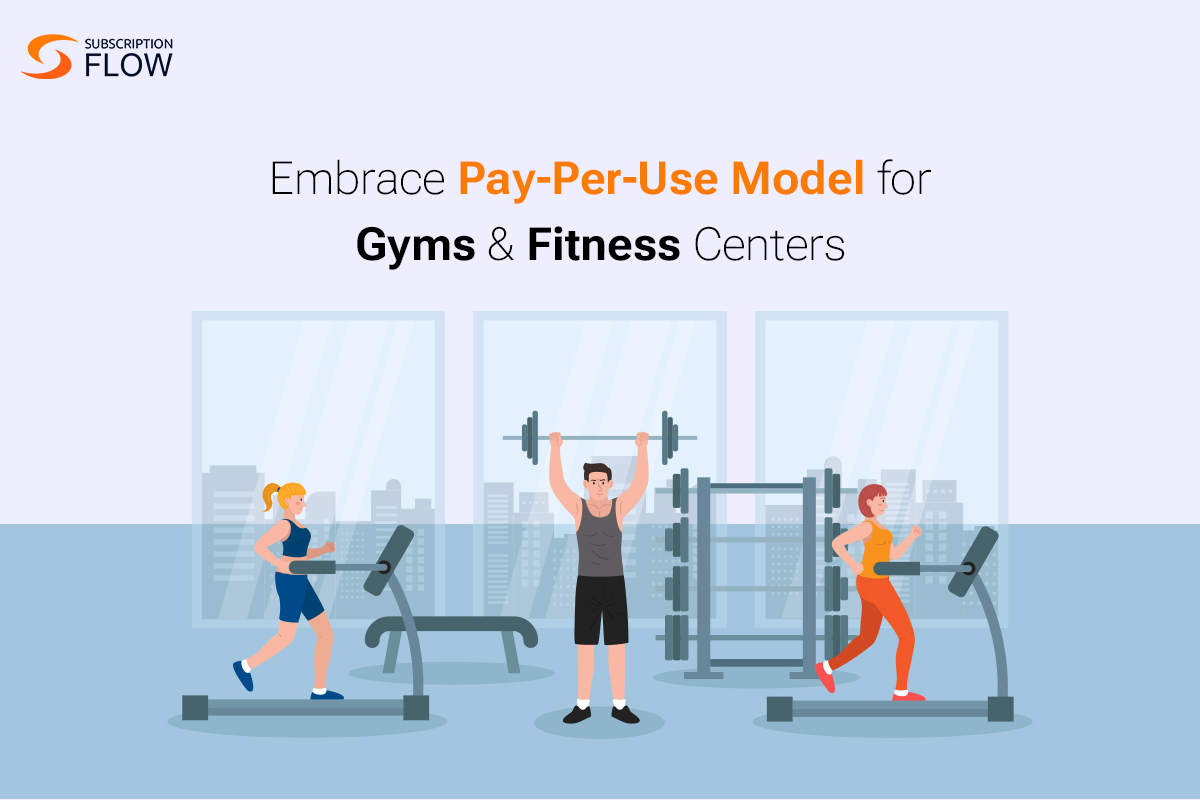Introduction
In today’s fast-paced world, flexibility and convenience are paramount. This shift in consumer behavior is reshaping various industries, and the fitness sector is no exception. Traditional gym memberships often come with long-term contracts and hefty monthly fees, which may not align with the needs and lifestyles of many fitness enthusiasts. Enter the pay-per-use model for gym memberships—a revolutionary approach that offers greater flexibility and affordability. In this blog, we’ll explore what the pay-per-use model is, its benefits, and how it is transforming the fitness industry.
What is the Pay-Per-Use Model?
The pay-per-use model, also known as a pay-as-you-go system, allows gym-goers to pay only for the services they use rather than committing to a long-term membership. This can include paying for individual classes, gym sessions, or specific facilities such as swimming pools or saunas. This model is akin to the “a la carte” approach in dining, where customers have the freedom to choose and pay for only what they want.
Benefits of the Pay-Per-Use Model
1. Flexibility
One of the primary benefits of the pay-per-use model is its flexibility. Users are not bound by annual contracts or monthly fees, making it ideal for those with unpredictable schedules or those who travel frequently. This flexibility can encourage more people to engage in regular physical activity without the pressure of a long-term commitment.
2. Cost-Effectiveness
For many, traditional gym memberships can be costly, especially if they do not utilize the facilities regularly. The pay-per-use model allows individuals to manage their fitness expenses more efficiently, paying only for the sessions they attend. This can lead to significant savings over time, particularly for occasional gym-goers.
3. Trial and Variety
With the pay-per-use model, users have the freedom to try different classes and facilities without committing to a single type of workout or gym. This variety can enhance the fitness experience, allowing individuals to explore what works best for them and keep their routines exciting and diverse.
4. No Contractual Obligations
Traditional gym memberships often come with contracts that can be difficult to cancel. The pay-per-use model eliminates this hassle, providing a more user-friendly approach where individuals can stop and start their gym visits as they please without any penalties.
How the Pay-Per-Use Model is Transforming the Fitness Industry
1. Attracting New Demographics
The pay-per-use model is particularly appealing to younger generations, such as Millennials and Gen Z, who value flexibility and variety. It also attracts older adults who may not want to commit to a full membership but still wish to stay active.
2. Encouraging Healthier Lifestyles
By lowering the barrier to entry, the pay-per-use model encourages more people to participate in physical activities. This can lead to broader public health benefits, as more individuals find it easier to incorporate fitness into their lives.
3. Increasing Revenue Streams
For gyms, the pay-per-use model can open up new revenue streams. While it may seem counterintuitive, offering flexible options can attract a larger customer base, including those who would not normally sign up for a full membership. Additionally, gyms can optimize their resources by tailoring services to demand.
4. Enhanced User Experience
With the ability to choose specific services, users can enjoy a more personalized fitness experience. This can lead to higher customer satisfaction and loyalty, as individuals feel more in control of their fitness journey.
Implementing the Pay-Per-Use Model
1. Technology Integration
To effectively implement a pay-per-use system, gyms need to invest in technology that allows seamless booking and payment processes. Mobile apps and online platforms can facilitate easy scheduling and transactions, enhancing the user experience.
2. Dynamic Pricing
Gyms can experiment with dynamic pricing models, adjusting rates based on peak times, class popularity, and other factors. This can help manage demand and maximize revenue while offering competitive prices to users.
3. Promotional Strategies
Marketing strategies should highlight the benefits of the pay-per-use model, targeting potential users who seek flexibility and affordability. Offering introductory deals or discounts for first-time users can also attract new customers.
Conclusion
The pay-per-use model for gym memberships represents a significant shift in the fitness industry, catering to the evolving needs of today’s consumers. By offering flexibility, cost-effectiveness, and variety, this model is making fitness more accessible and enjoyable for a wider audience. As gyms continue to adopt and refine this approach, we can expect to see a more inclusive and dynamic fitness landscape, where everyone has the opportunity to pursue a healthier lifestyle on their terms.





